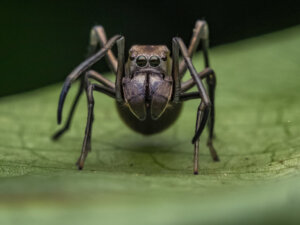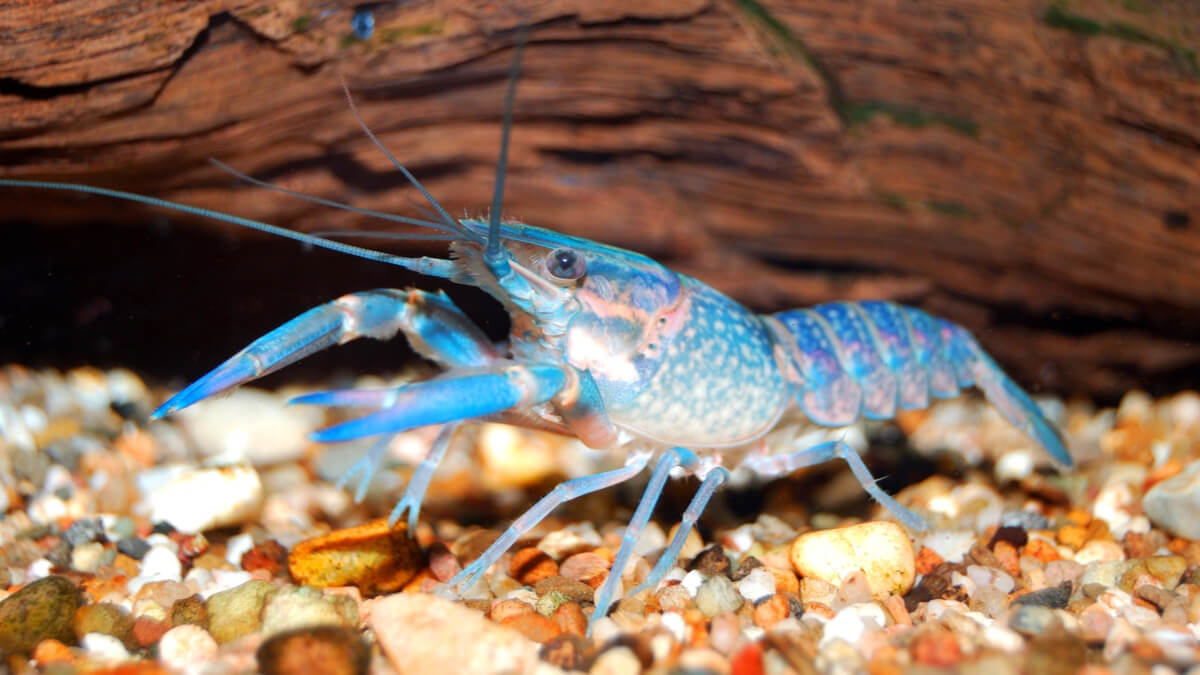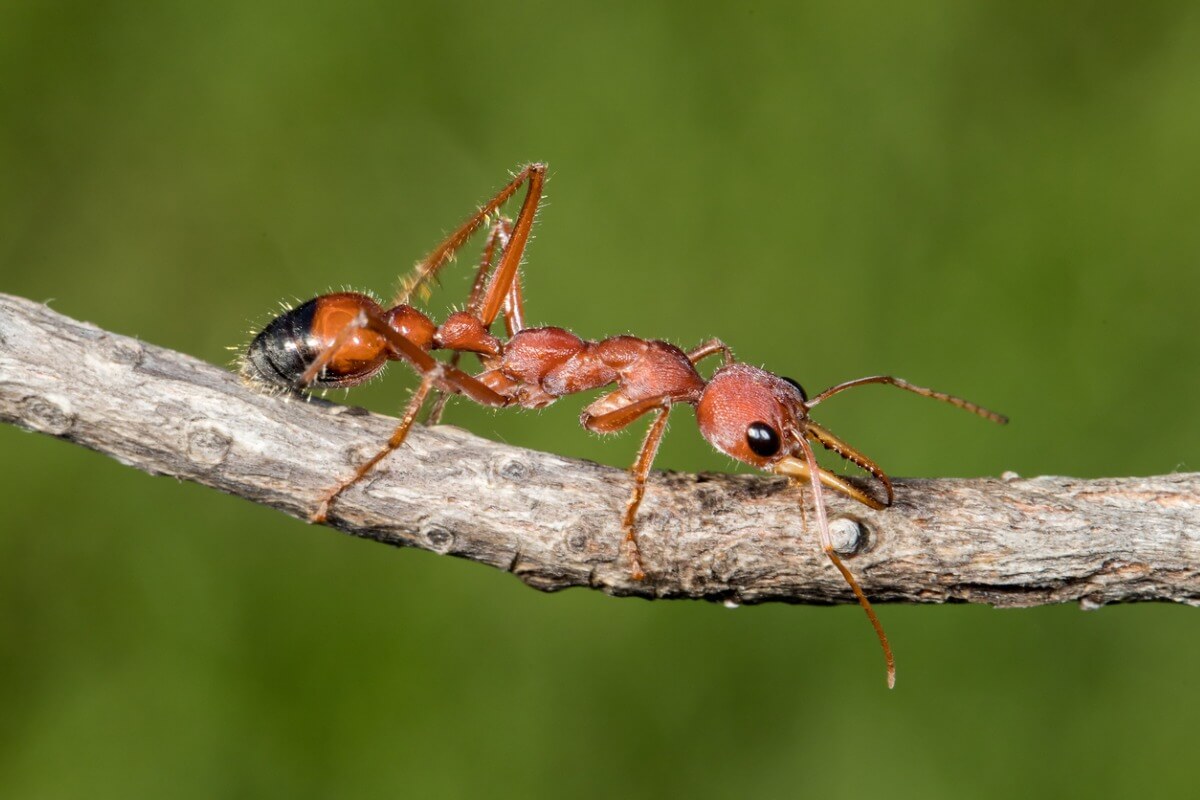Impressive Arthropod Characteristics

Arthropods are one of the 35 phyla of the kingdom Animalia. It’s the most numerous and diverse in this kingdom. Find out some fascinating arthropod characteristics in this article!
This group includes insects, crustaceans, spiders, scorpions, and centipedes. The members of this phylum, despite their incredible diversity and significant numbers, share a number of important distinguishing characteristics.
Arthropod characteristics
They have jointed limbs and exoskeletons

The name arthropod actually comes from the Greek “arthro”, meaning joint, and “pod”, meaning foot. All arthropods have limbs attached to their hard exoskeletons that allow flexibility and movement.
The joints generally bend in only one direction, but allow sufficient predatory and defensive actions.
Arthropods have bodies that are segmented internally and externally. The number of segments depends on the individual species. Millipedes, for example, have more segments than lobsters.
Arthropods are invertebrates, meaning their bodies have no internal bones to support them. To compensate for this, they produce a hard exoskeleton made of chitin, a mixture of lipids, carbohydrates and proteins, which covers and protects their bodies like armor.
As arthropods grow, they must shed or molt their exoskeletons. They first produce new, softer exoskeletons underneath their old ones. Once their old, hardened coverings crack and fall off, they sport the new, albeit softer, exoskeletons.
Arthropods are incredibly vulnerable during the molting process, and will often hide until their new exoskeletons harden. The process is hormonally controlled. The hormone responsible for inducing the process is called ecdysone.
They have bilateral body symmetry
The body of an arthropod can be divided vertically into two mirror images. This is called bilateral symmetry. An arthropod shares this symmetry with many other animals, such as fish, mice, and even humans. Other animals, such as jellyfish and starfish, exhibit radial symmetry, while coral and sea sponges are asymmetrical, showing no pattern.
They have good senses
All arthropods have very good senses. They have better eyesight than humans because of their more sophisticated eyes.
Whether simple or compound eyes, the vision of arthropods is much better than in vertebrates. One example is their ability to see in a broader spectrum of light, including ultraviolet.
Arthropods use their antennae to sense movement in the area around them. They have excellent ear-like parts called tympanic membranes that allow them to hear.
These animals have a good sense of taste, thanks to taste sensors in their feet. That’s right, instead of tasting food with a tongue like we do, they taste it with their feet!
They have an open circulatory system and a ventral nervous system
Arthropods have an open circulatory system. This means that, instead of a closed circulatory system of interconnected veins and capillaries, the “blood” of arthropods is pumped through open spaces called sinuses to reach the tissues.
However, arthropods have a pumping engine called a dorsal heart, which pumps hemolymph. This substance travels to the cavity where the organs and tissues are located.
On the other hand, they have a ventral nervous system. “Ventral” means “in front,” so this means that the nervous systems of arthropods run along the front of their bodies, near their stomachs. In vertebrate animals, the nervous system runs along their backs, along their spines.
Fun facts
- Arthropods colonized the Earth about 100 million years before vertebrates did. It’s thought to have been easier for them for several reasons, including the fact that they had already evolved legs, which they used to walk on the sea floor.
- Eighty percent of all animal species are arthropods. We may not be aware of this reality in our daily lives, but all species of insects and crustaceans on Earth add up.
- All arthropods undergo metamorphosis, a process in which their bodies change radically as they move from their larval to adult stages.
- Crustaceans and arachnids, two types of arthropods, have blue blood. This is because their blood uses a blue copper compound to transport oxygen, instead of the red iron compound used by vertebrates.
- All arthropods are believed to have evolved from a single common ancestor. However, scientists aren’t sure what this ancestor looked like or exactly when it lived.
- In general, their organ systems are simpler and less efficient than those of vertebrates. For this reason, the size that arthropods can reach is limited. An ant the size of a human, for example, would not be able to pump oxygen through its blood to feed all its tissues.

As you can see, arthropods are very interesting animals. We hope you’ve enjoyed these arthropod characteristics and fun facts! Several scientific teams never stop investigating them. It’s thought that many natural mechanisms of adaptation and survival can be applied to modern engineering problems.
All cited sources were thoroughly reviewed by our team to ensure their quality, reliability, currency, and validity. The bibliography of this article was considered reliable and of academic or scientific accuracy.
- Ortuño, V. M., & Martínez-Pérez, F. D. (2011). Diversidad de artrópodos en España. Memorias de la Real Sociedad Española Historia Natural, 2(9), 235-284.
- Melic, A. (1997). Los artrópodos y el hombre. Boletín de la SEA, (20), 5-13.
- García-Barros, E. (1999). Implicaciones ecológicas y evolutivas del tamaño en los artrópodos. Boletín de la SEA, 26, 657-678.
This text is provided for informational purposes only and does not replace consultation with a professional. If in doubt, consult your specialist.